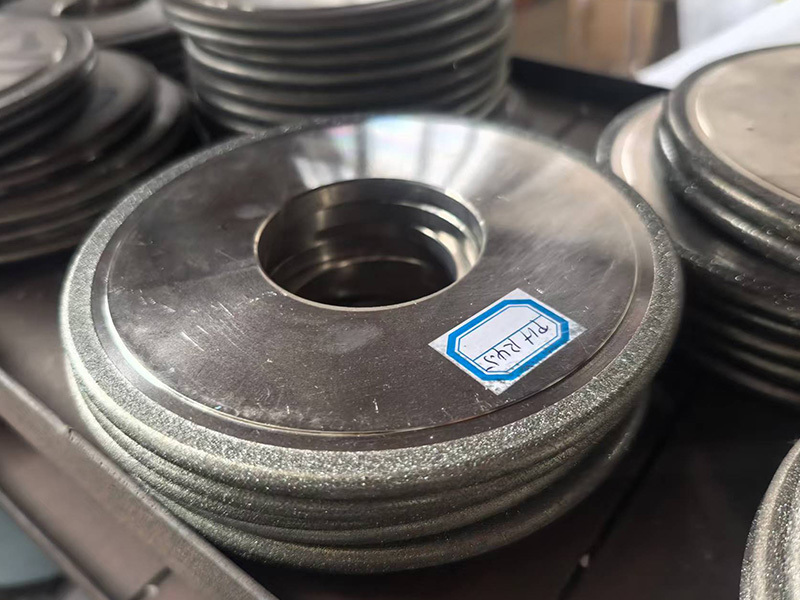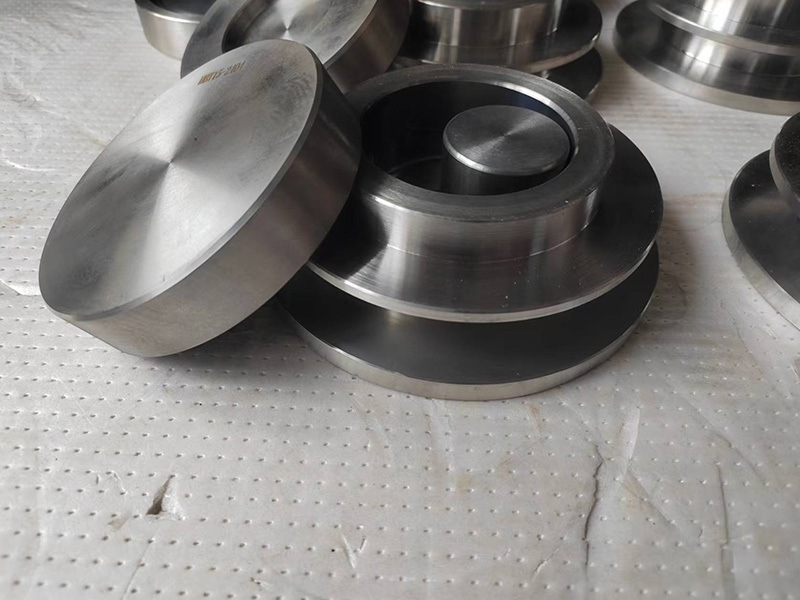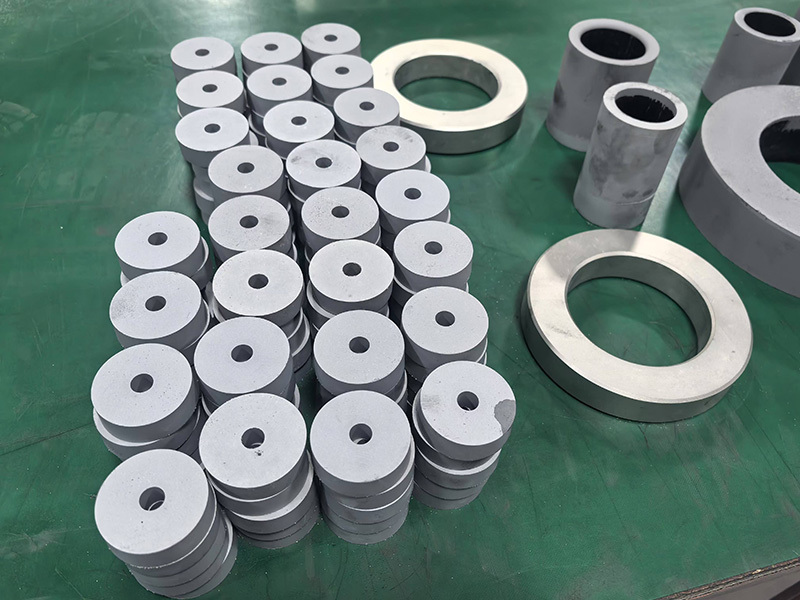Mastering the Art of Drawing Die: Key Considerations for Success
Introduction to Drawing Die
So, you’re diving into the world of drawing die? Well, buckle up, because it’s a fascinating journey! Whether you’re a seasoned pro or just starting out, understanding the nuances of drawing die can make a world of difference in your projects. It’s not just about tools and techniques; it’s about mastering a craft that can elevate your work to new heights. Let’s explore some key considerations that can help you excel!
What is a Drawing Die?
To put it simply, a drawing die is a specialized tool used in manufacturing processes, particularly for shaping materials like metal or plastic. Think of it as the chef’s knife in a kitchen: essential for creating the perfect dish. In the world of precision engineering, it holds the power to transform raw materials into finely crafted components.
Key Considerations When Using Drawing Die
Now that we’ve got the basics down, let’s dig into some important considerations that every user should keep in mind:
1. Material Selection
Choosing the right material for your drawing die is crucial. Different materials have varying properties that can affect durability and performance. For example, high-carbon steel is often favored for its strength, while carbide might be used for its wear resistance. Make sure you take a moment to weigh your options!
2. Design Matters
Let’s not forget about the design! A well-thought-out drawing die can make all the difference. It’s like having a blueprint before building a house. Ensure that your design aligns with the desired outcome and the specifications of your project. A little planning goes a long way!
3. Temperature Control
Did you know temperature can affect the drawing process? Maintaining the right temperature is key to achieving optimal results. Too hot or too cold can lead to defects. So, keep an eye on those thermometers!
4. Regular Maintenance
Just like your trusty car, a drawing die needs some TLC. Regular maintenance ensures that it functions smoothly and lasts longer. Clean it, inspect it, and replace worn parts as needed. Trust me, your future self will thank you!
Common Mistakes to Avoid
Even the best of us can slip up now and then! Here are a few pitfalls to watch out for:
1. Ignoring Specifications
When in doubt, refer back to the specifications! Skipping this step can lead to costly mistakes. Always double-check your measurements and tolerances before you start.
2. Overlooking Safety Precautions
Safety first, folks! Working with drawing die can be hazardous if proper precautions aren’t taken. Always wear protective gear and follow safety protocols to avoid accidents. Better safe than sorry!
Conclusion: Elevate Your Skills
With these considerations in your toolkit, you’re well on your way to mastering the art of drawing die. Remember, every expert was once a beginner, so don’t be discouraged by the learning curve. Embrace the process, and soon enough, you’ll be crafting beautiful components with ease. Happy drawing!
Tags:
Related news










